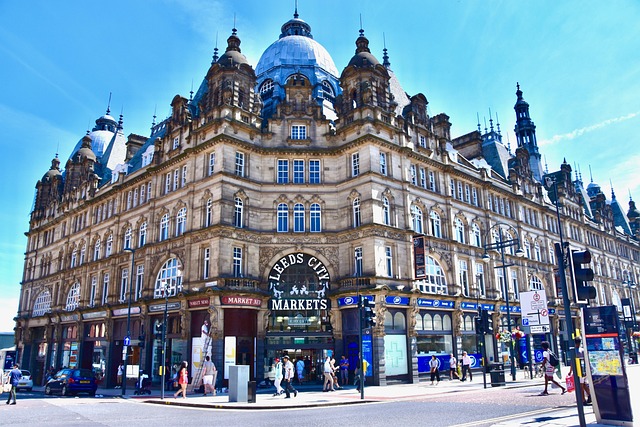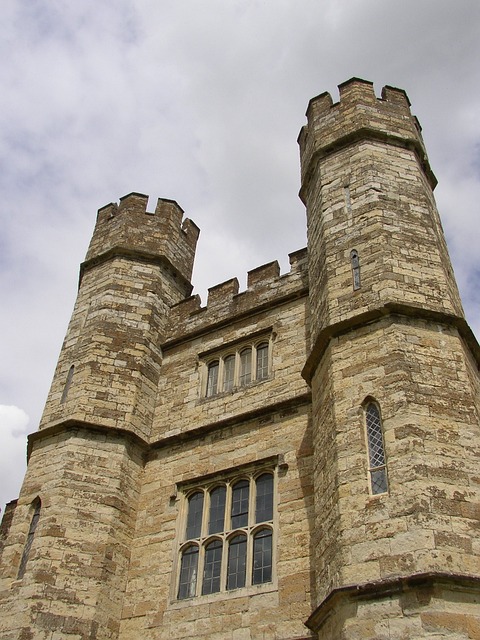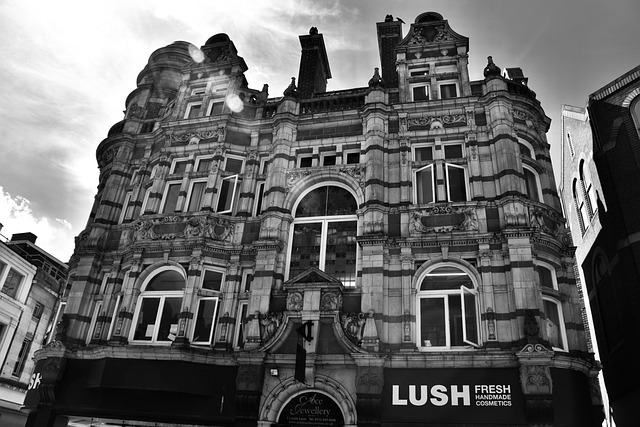The real estate sector is increasingly adopting green building standards, driven by industry leaders and regulatory bodies, to create environmentally sustainable properties that minimize planet impact. Initiatives like LEED certification from the U.S. Green Building Council, BREEAM, and Green Globe Standard promote energy efficiency, water conservation, recycled materials, and waste management. These practices attract eco-conscious tenants and investors, revolutionize design and construction methods, and ensure real estate developments become responsible stewards of natural resources. The trend benefits all stakeholders economically and contributes to healthier living environments while meeting growing environmental awareness and market demand.
In today’s eco-conscious world, green buildings are transforming the real estate landscape. This article delves into the industry standard for sustainable properties, exploring key initiatives and certifications driving market trends. We examine how understanding green building standards benefits both investors and occupants, while highlighting future developments shaping eco-friendly practices in real estate. By embracing these innovations, we contribute to a healthier planet and prosperous communities.
Understanding Green Building Standards in Real Estate

In the real estate sector, understanding and adhering to green building standards has become increasingly vital. These standards, established by industry leaders and regulatory bodies, set guidelines for constructing environmentally sustainable properties. By integrating eco-friendly practices, materials, and technologies, real estate developers can create buildings that minimize their impact on the planet while offering tenants improved indoor environments.
Green building initiatives encompass a wide range of considerations, from energy efficiency and water conservation to the use of recycled materials and proper waste management. Real Estate professionals who embrace these standards not only contribute to a greener future but also attract environmentally conscious tenants and investors. This shift towards sustainability is reshaping the industry, driving innovation in design and construction methods, and ensuring that real estate developments are responsible stewards of natural resources.
Key Industry Initiatives and Certifications for Sustainable Properties

The real estate industry has witnessed a significant shift towards sustainable practices, with green buildings becoming the new norm. Key initiatives like the LEED (Leadership in Energy and Environmental Design) certification from the U.S. Green Building Council have been instrumental in promoting eco-friendly design and construction worldwide. This program sets strict standards for energy efficiency, water conservation, materials selection, and indoor environmental quality, ensuring properties meet high sustainability benchmarks.
Other notable certifications include BREEAM (Building Research Establishment Environmental Assessment Method) and the Green Globe Standard, each offering comprehensive guidelines to assess and improve a property’s environmental performance. These initiatives not only drive the adoption of sustainable practices but also offer real estate professionals a clear framework to create valuable, market-leading green assets that cater to environmentally conscious buyers and tenants.
Benefits and Future Trends Shaping Eco-Friendly Real Estate Practices

The green building movement has brought significant benefits to the real estate sector, reshaping how we design, construct, and operate properties. Eco-friendly practices not only contribute to environmental sustainability but also offer economic advantages for developers, tenants, and investors. Energy efficiency measures, such as renewable energy sources and smart building systems, reduce operational costs and enhance property values, making them increasingly attractive in the current market. Furthermore, these sustainable initiatives improve indoor air quality, enhance occupant comfort, and foster healthier living or working environments.
Looking ahead, future trends in eco-friendly real estate practices promise to take this movement even further. Innovations like smart cities integration, circular economy design principles, and advanced materials will play a pivotal role in shaping the industry’s trajectory. As awareness of environmental issues continues to grow, so does the demand for sustainable properties, driving developers to embrace these trends to meet market needs while contributing to a greener future.






